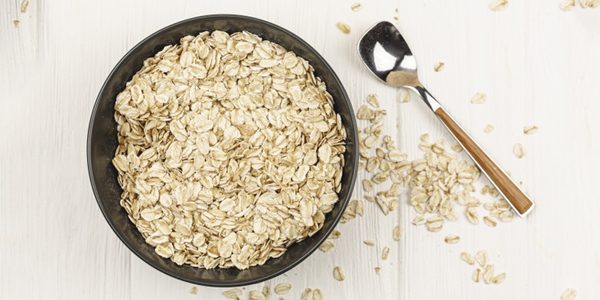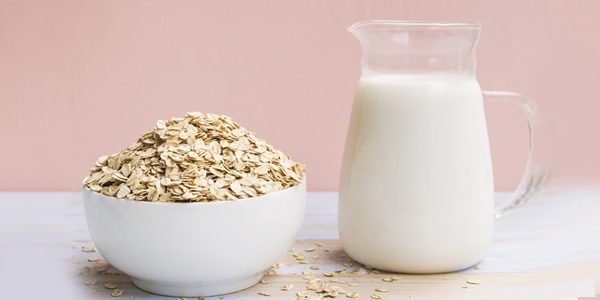Diabetes is a condition in which blood glucose levels rise beyond normal. Whether you’ve been diagnosed with type I or type II diabetes, chances are you’re facing the same challenge on how to manage your blood glucose levels. Fortunately, there are a number of easy, effective ways to manage it, and they don’t require a lot of expense, time or energy. It all starts at the breakfast table.
Oats have been included in the diet as a part of food control. They are incredibly nutritious and are among the healthiest grains on earth. It contains a soluble fiber known as beta-glucan which helps lower the bad cholesterol and hence reduced the risk of heart disease.
Especially, they’re a gluten-free whole grain and a great source of important vitamins, minerals, fiber, and antioxidants. Studies show that oats and oatmeal have many health benefits. These include weight-loss, lower blood-sugar levels and a reduced risk of heart disease.
Above all this, oats are known for its sugar level control in the blood of people with diabetes because,
It Has a Low Glycemic Index.
One of the easiest ways to manage your blood glucose is to eat foods that have a low glycemic index rate, such as oats. The glycemic index (GI) is a rating system that is assigned to carbohydrates and defines how quickly they cause blood glucose levels to spike. Spiking glucose levels can cause a number of complications in diabetes like dizziness, nausea, muscle tremors and lack of consciousness. Using the glycemic index, diabetics can choose foods that keep their blood glucose levels stable and avoid serious complications.
Foods rated lower than 54 on the GI are considered low. Foods rated between 55 and 70 are medium-GI foods. Foods rated over 70 are high GI foods. The goal is to eat low-GI foods or combine high-GI foods with low-GI foods or fat and protein to limit blood glucose spiking. Traditional oats (also called steel cut oats) rate low at 51, so you can eat as much of them as you want.
Rich Source of Magnesium
Oats are also a rich source of magnesium, which is the key to enzyme function and energy production and helps prevent heart attacks and strokes by relaxing blood vessels, aiding the heart muscle, and regulating blood pressure. Oatmeal for diabetes increases the levels of magnesium and nourishes the body’s proper use of glucose and insulin secretion.
Controls Blood Glucose and Hyperglycemia.
The challenge for most diabetics is how to control blood glucose levels. The normal range of blood sugar is 70 to 110 mg/dl. While glucose levels can fluctuate throughout the day, blood sugar levels that remain over 110 to 130 mg/dl can mean that you are pre-diabetic–a dangerous disease that affects the kidneys, heart, eyes and many other organs.
Newly diagnosed diabetics learn that one of the most important ways to manage blood glucose is by eating complex carbohydrates–carbohydrates that break down slowly in the bloodstream thereby oatmeal for diabetes prevent blood glucose levels from spiking.
Oats Can Improve Type 2 Diabetes
Type-2 diabetes is a common disease, characterized by significantly elevated blood sugars. It usually results from decreased sensitivity to the hormone insulin.
Oatmeal for diabetes type 2 may help lower blood sugar levels, especially in people who are overweight or have type-2 diabetes. They may also improve insulin sensitivity. These effects are mainly attributed to beta-glucan’s ability to form a thick gel that delays emptying of the stomach and absorption of glucose into the blood.




















